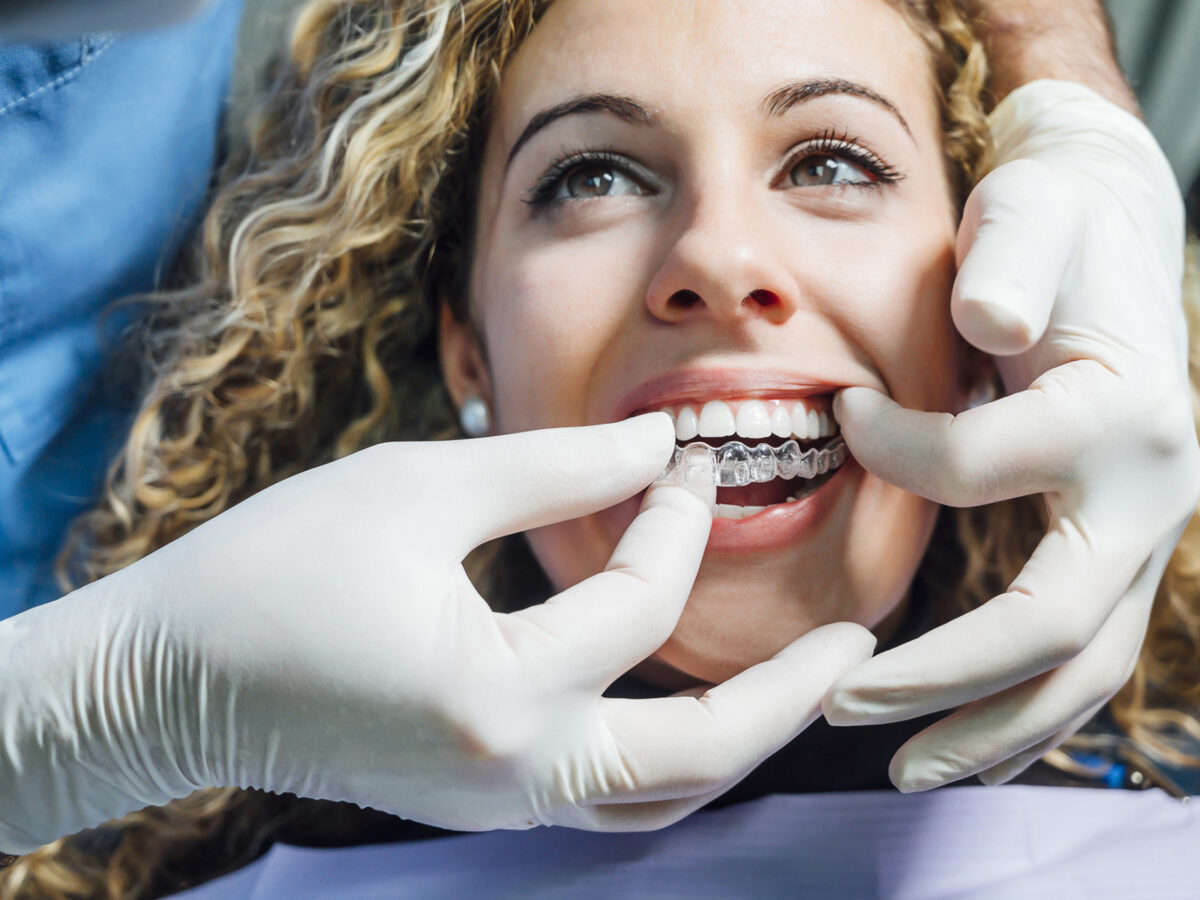Blog
Dental hygiene tips for healthy teeth & gums

How quickly do teeth shift without a retainer?
If you don’t wear a retainer, your teeth can undoubtedly move. The longer you don’t wear a retainer, the more your teeth are likely to move.
Retainers are customized orthodontic appliances that can help your teeth from shifting back to their original position after finishing treatment with braces or aligners.
Keep in mind that your treatment does not end when the braces come off but rather can continue for life as you wear your retainer as directed.
On the off chance that you save them off your teeth for a considerable length of time, you will frequently require retreatment with either one more set of braces or aligners.
Teeth shifting without retainers
Your teeth will move all through your life and braces or aligners can assist with fixing them. After the treatment is done, retainers help to keep them in their new positions.If you do not wear your retainer, the fibers in your gum tissue can pull your teeth back into the positions they were in before the braces forced them into the desirable places. The longer you go without wearing retainers, there is a high probability that your teeth will shift.Though not wearing your retainer for a night or two is not likely to cause an issue, if you continue to not wear it for a longer period, then the shift can become greater and greater.
After about a week or so, it may be challenging to get your retainer to fit back into your mouth. If you do not wear your retainer for a long period, your teeth may end up going back to their initial positions.
Factors influencing teeth shift
The amount of movement your teeth make can depend on various factors, including:
- How far are your teeth required to be moved in the first place?
- Your gum and bone health. Bone loss can add to additional teeth movement.
- Your age at the time of adjustment. Young people might have the option to quit wearing retainers following 10 or so years, while adults who had braces frequently need to endlessly wear retainers.
Schedule your appointment with a dentist today and get the treatment on time!


